#zambia
Text

Livingstone's eland Tragelaphus oryx livingstonii
Observed by brdnrd, CC BY-NC
25 notes
·
View notes
Text
476,000-Year-Old Wooden Structure Unearthed in Zambia
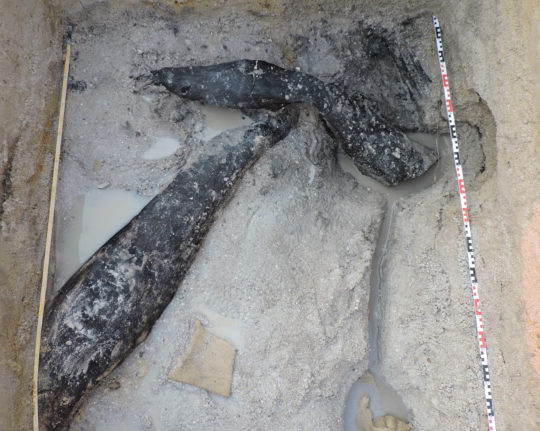
Archaeologists have found an ancient wooden structure at the archaeological site of Kalambo Falls in Zambia. This structure — dated to about 476,000 years ago — has no known parallels in the African or Eurasian Paleolithic and may represent the earliest use of wood in construction.
Wooden artifacts rarely survive from the Early Paleolithic as they require exceptional conditions for preservation.
Therefore, archaeologists have limited information about when and how hominins used this basic raw material or how Paleolithic humans structured their environments.
“Our find has changed how I think about our early ancestors,” said University of Liverpool’s Professor Larry Barham.
“Forget the label ‘Stone Age,’ look at what these people were doing: they made something new, and large, from wood.” Read more.
2K notes
·
View notes
Text
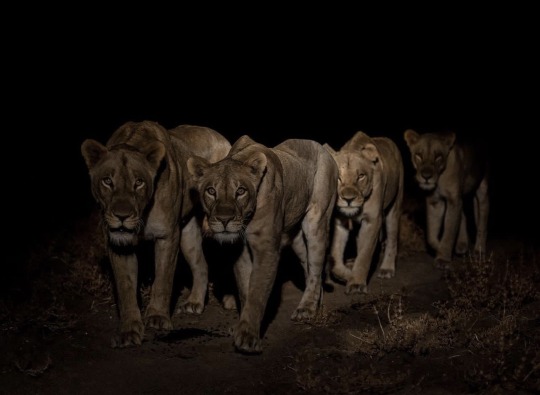
Girls’ night out at South Luangwa National Park, Zambia. Photographed by Antonio Sánchez Chamorro.
1K notes
·
View notes
Text


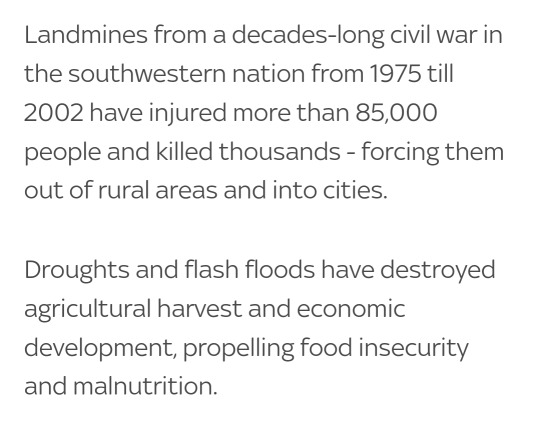


946 notes
·
View notes
Photo
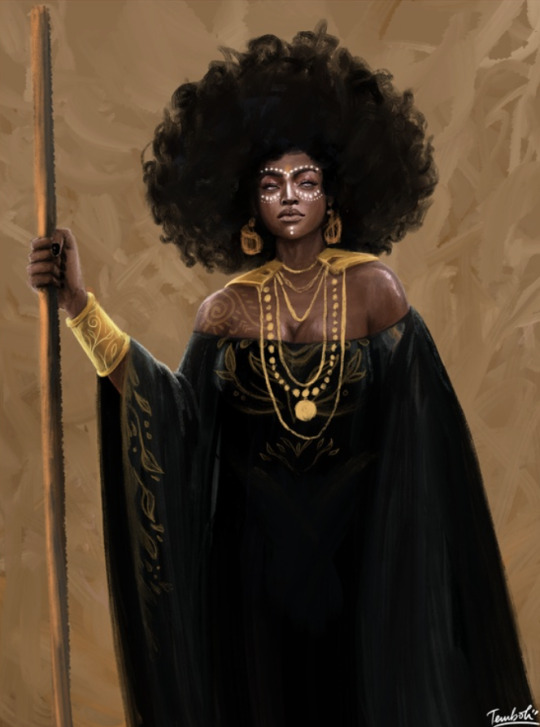
"The Seer" by Temboh
#art#print#illustration#artist#temboh#black#magic#digital art#tribal#gold#traditional#african#afro#supernatural#seer#zambia
1K notes
·
View notes
Text

Ngoni woman, Zambia, by creative_by_alinafe
#ngoni#zambia#africa#southern africa#folk clothing#traditional clothing#traditional fashion#cultural clothing
205 notes
·
View notes
Text
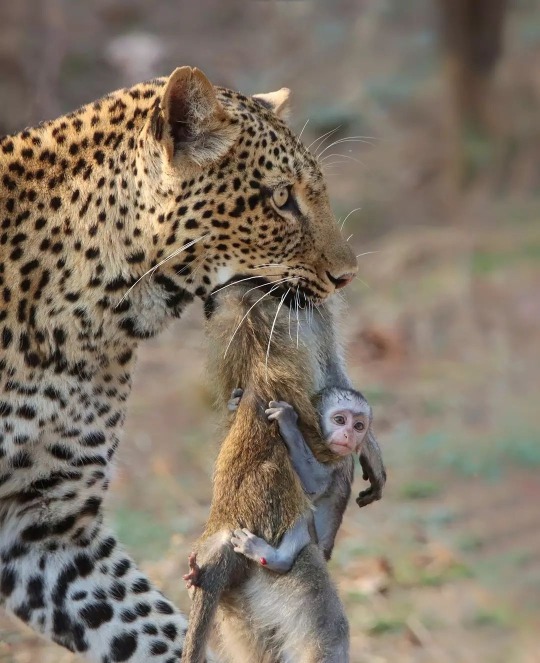
This is the heartbreaking moment a helpless baby monkey clung onto its dead mother as her lifeless body hung from a leopard's mouth, South Luangwa National Park, Zambia, 2021 - by Shafeeq Mulla (1999), Indian
264 notes
·
View notes
Photo
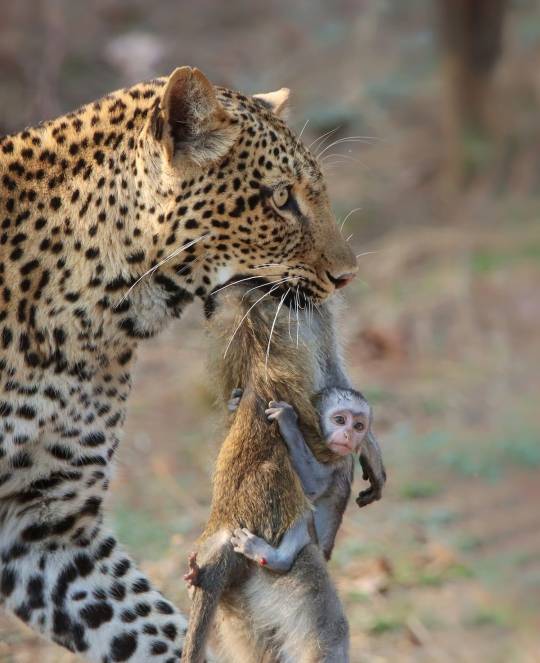
“An Unforgiving kingdom”
by Shafeeq Mulla (Zambia)
“A leopard known as Olimba carries the carcass of a female vervet monkey with its baby still hanging on for dear life.”
The Nature Conservancy 2022 Photo Contest
#shafeeq mulla#photographer#zambia#leopard#cat#animal#mammal#wildlife#vervet monkey#monkey#nature#nature conservancy 2022 photo contest
537 notes
·
View notes
Text

Victoria Falls, Zambia by Annie Griffiths a swimmer stands at the edge of the falls
#Zambia#Victoria Falls#Annie Griffiths#body#waterfall#brown#photography#national geographic#water#nature#scenery
303 notes
·
View notes
Text
The United States (US) leap-frogged competitors in the scramble for African minerals required to power the global energy transition when it signed an agreement with Zambia and the Democratic Republic of Congo in 2022 for the development of a regional value chain in the electric vehicle battery sector.
The agreement challenged the dominance of China, South Africa, Hong Kong, Mauritius and India as the traditional consumers of Zambian copper, gold, lithium, cobalt and manganese exports.
It targeted large volumes of critical transition metals that occur in the Katanga Copperbelt, a mineral-rich strip stretching from Lualaba province in the south-eastern DRC to the Luapula province in northern Zambia.
According to the US state department, the agreement aimed to “facilitate the development of an integrated value chain for the production of electric vehicle batteries in the DRC and Zambia, ranging from raw material extraction, to processing, manufacturing and assembly”.
17/04/2024
127 notes
·
View notes
Text
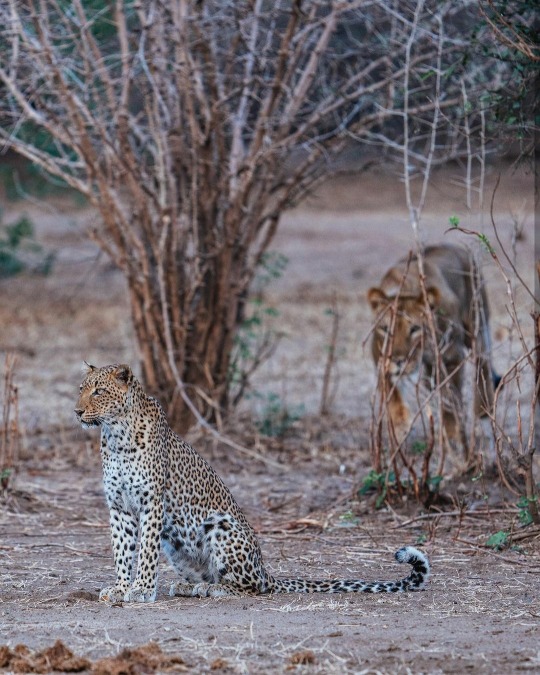
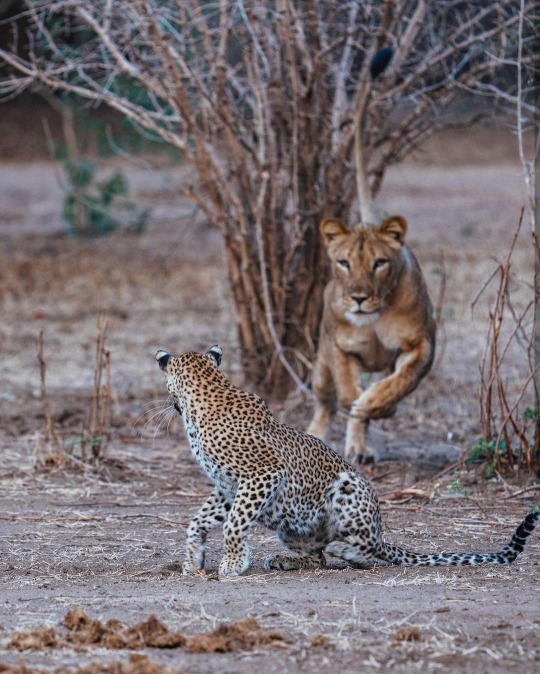
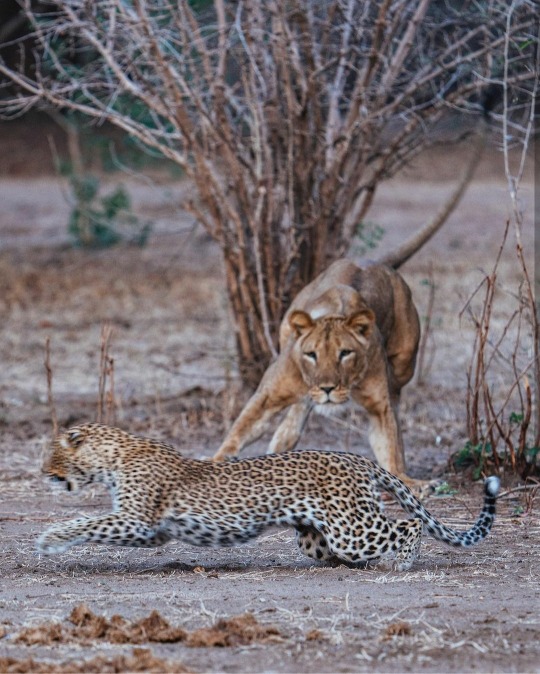
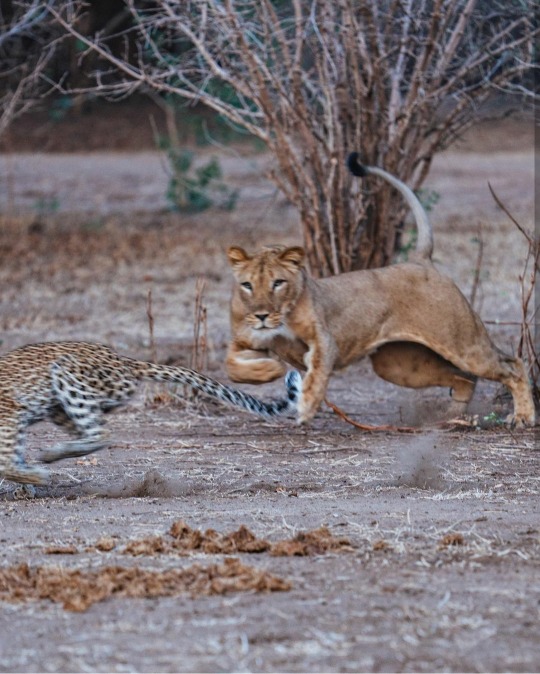

Lower Zambezi National Park, Zambia
Whew! That was close. (She escaped without a scratch.)
149 notes
·
View notes
Text
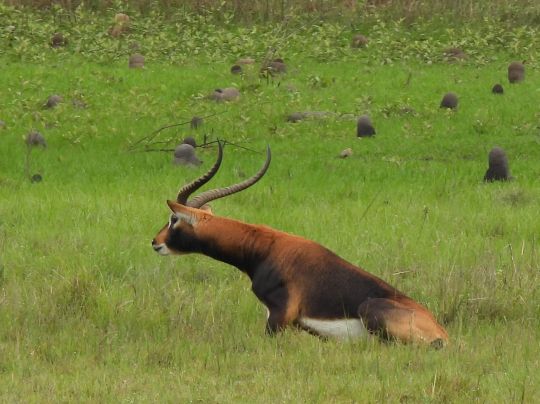
Black lechwe Kobus smithemani
Observed by nicovr, CC BY-NC
83 notes
·
View notes
Text


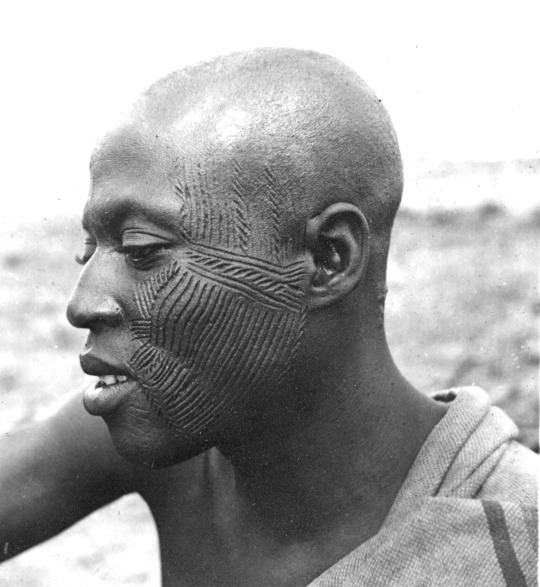
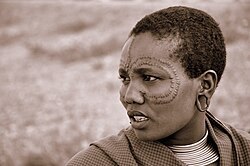
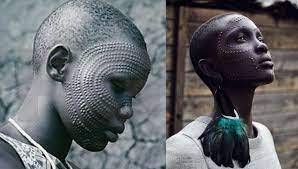
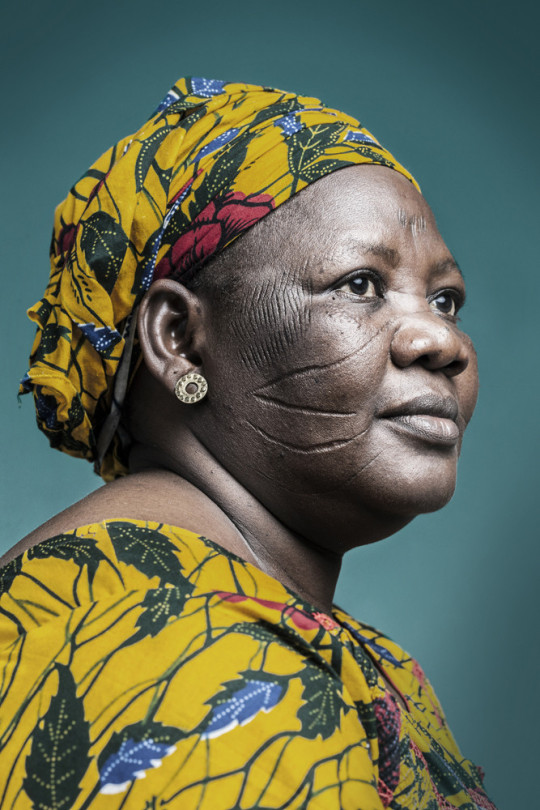
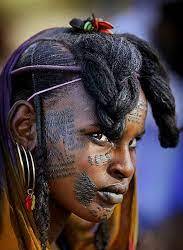

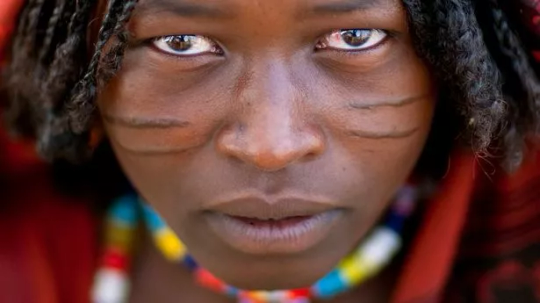
In Africa, European colonial governments and European Christian missionaries criminalized and stigmatized the cultural practices of tattooing and scarification; consequently, the practices underwent decline, ended, or continued to be performed as acts of resistance.
Among the ethnic groups in sub-Saharan Africa that traditionally practice scarification are the Gonja, Dagomba, Frafra, Mamprusi, Nanumba, Bali, Tɔfin, Bobo, Montol, Kofyar, Yoruba, and Tiv people of West Africa, and the Dinka, Nuer, Surma, Shilluk, Toposa, Moru, Bondei, Shambaa, Barabaig, and Maasai people of East Africa.
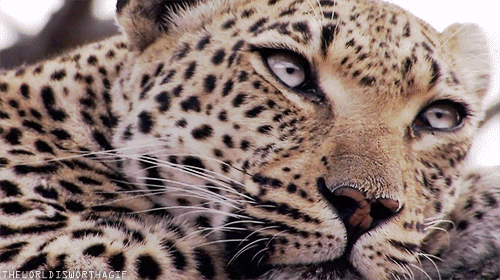
Traditionally, the most common reason for scarification has been as a rite of passage.
Scarification has been widely used by many West African tribes to mark milestone stages in both men and women's lives, such as puberty and marriage.
In many tribes, members unwilling to participate in scarification were generally not included in the group's activities, and are often shunned from their society.
According to anthropologist Grace Harris, group members lacking the normal characteristics consistent with the group are not considered as having acquired the full standing as agents in their society; they would also lack the capacity for meaningful behavior, such as greeting, commanding, and stating.
Therefore, scarification can transform partial tribe members into "normal" members entirely accepted by the group.
Scarification is a form of language not readily expressed, except through extensive and intricate greetings, and gives the ability to communicate fully, which is a key element for being considered as a normal member of the group.

One reason why scarification is used as confirmation of adulthood is how it shows the ability to endure pain. With young men, the endurance of the pain of scarring exhibits strength and discipline, especially in tribes where males have roles as hunters and warriors.
A young man who has already experienced the feeling of torn or cut flesh is considered less likely to fear the teeth of a wild animal or the tip of an enemy's spear.
In Ethiopia and Zambia, elaborate scarification is often done on women at puberty, used to denote a willingness to be a mother. The markings show that she can stand the pain of childbirth, as well as being an indication of her emotional maturity.
Some of these rites of passage have spiritual or religious roots, such young boys in the Chambri tribe of Papua New Guinea undergo scarification resembling crocodile scales to mark their transition into manhood, a ritual which stems from the belief that humans evolved from crocodiles.
In Ethiopia, Suri men scar their bodies to show that they have killed someone from an enemy tribe;
the Mursi practice scarification for largely aesthetic reasons in order to attract the opposite sex and enhance the tactile experience of sex.
The Ekoi of Nigeria believe that the scars serve, on their way to the afterlife, as money.

#ekoi#mursi#maasi#nigerian#scarification#african#afrakan#kemetic dreams#brownskin#brown skin#afrakans#africans#african culture#afrakan spirituality#suri#ethiopian#zambia#afterlife#sacrifice#free will#immortality#philosophy#chambri#rite of passage#tiv#Gonjas#Nanumbas#Dagombas#Frafras#ghana
142 notes
·
View notes
Text








@twaamboo
🇿🇲
198 notes
·
View notes
Text





Women’s March in Zambia, organised by Sistah Sistah Foundation.
#Africa#African#Zambia#feminism#women’s month#women’s March#radical feminism#radfem#radblr#radfem safe#black radical feminist#african radical feminism#radical feminist community#radical feminists do touch#radical feminst#GBV
613 notes
·
View notes
Text


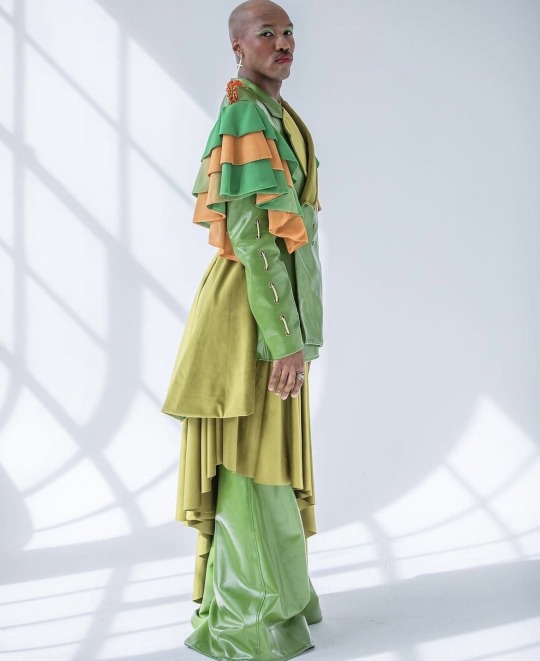
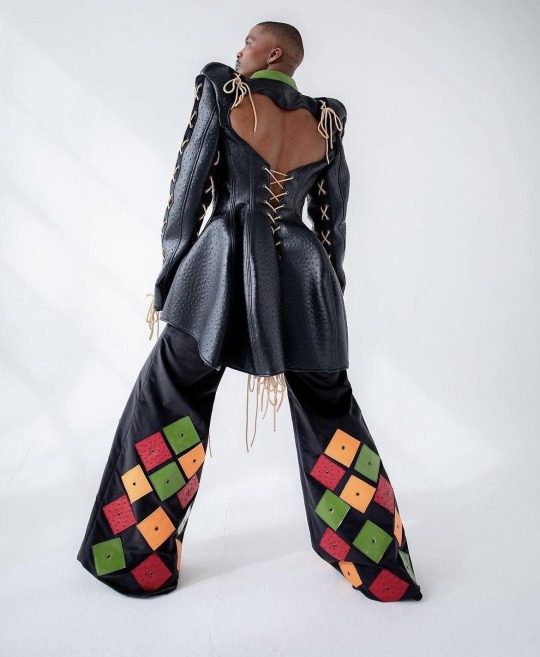

SAM BOBO
www.beau-gar.tumblr.com
#sam bobo#black man#black model#handsome#black designer#africa fashion#menswear#fashion#zambia#south africa#blackmalemodel#la sape#sapeurs#menswearfashion#dandy#sprezzatura#male model#fashion model#african models#model#mensfashion#black models#men's fashion#parisian style#mens style#gq style#streetstyle#style inspiration#style
87 notes
·
View notes